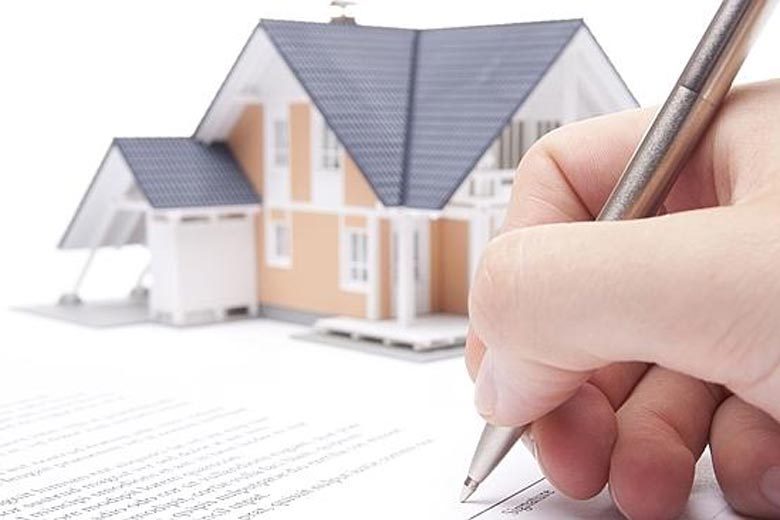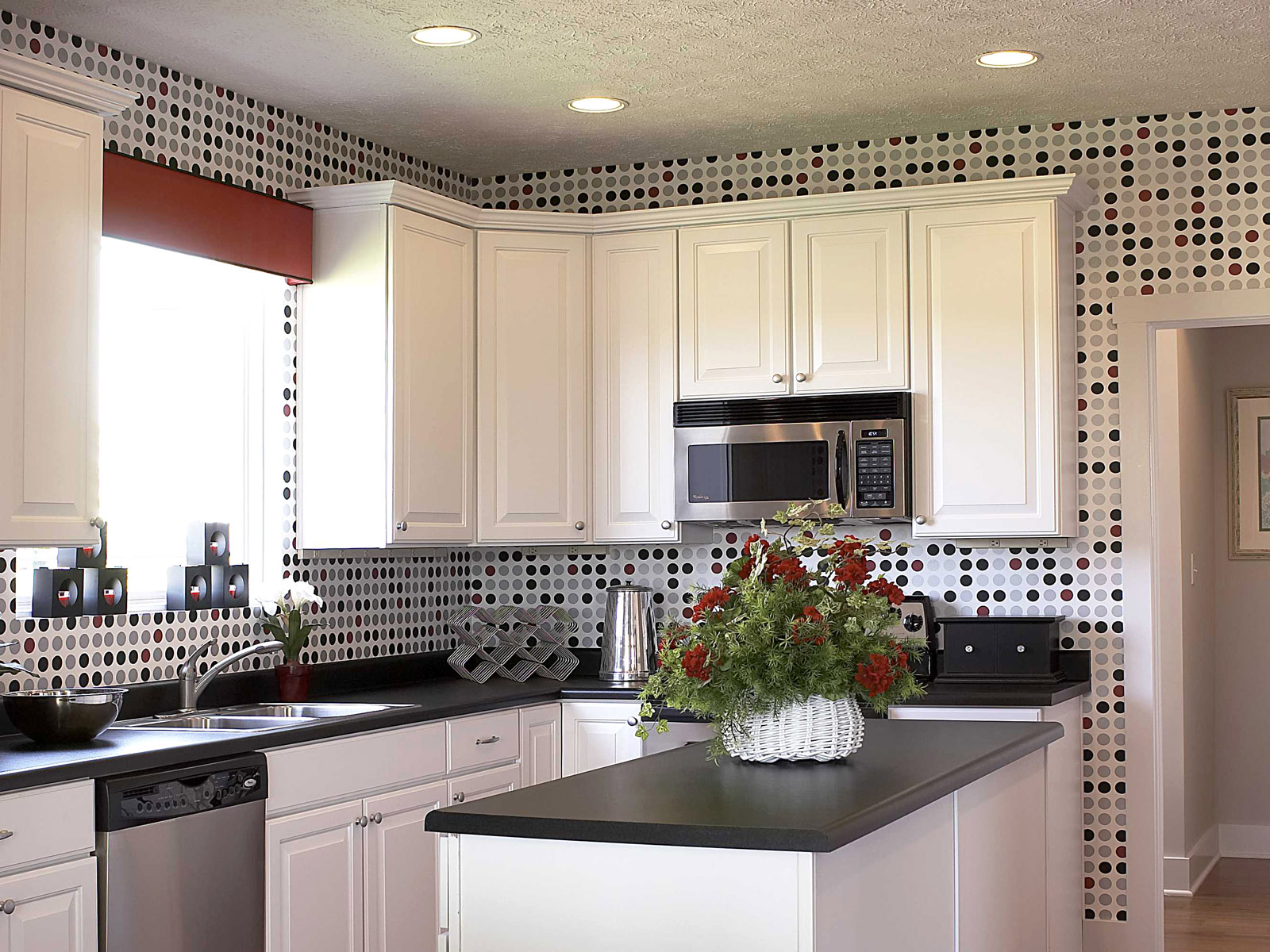Whether you are purchasing your home as an investment, a lifestyle upgrade or both, one of the most important decisions you will make is where you want to live. Your home’s location will help determine not only the future value of your investment, but also many aspects of your everyday life.
Here are some factors you should consider carefully when selecting a location.
Geographic Location
The part of the city you choose to live in will have a major impact on your lifestyle. Particularly if you want to stay in your home for a long time, make this decision very carefully, taking into consideration the factors that are most important to you, like proximity the city centre, connectivity, distance from airport / railway station, etc.
Neighbourhood
Within a particular area, different neighbourhoods will have different characteristics. You’ll want to pick the one that is the closest fit to your lifestyle and personality – a place where you’ll feel comfortable and where you are likely to get along with your neighbours. You’ll also want to try to live close to the places you visit frequently, like grocery stores, your job (if you plan to keep that job long-term), and, if you have kids, the schools you want them to attend.
Safety
For most people, safety is a top consideration. You’ll often pay less to live in an area with higher crime, but if you’ll have to live in fear or if you one day become a victim no price discount will be worthwhile. It may also be harder to resell your home or get a good price for it if you decide to sell.
Proximity to Work
The length of your daily commute can have a significant impact on your disposable income, quality of life and how much time you get to spend at home with your family. How long of a commute can you endure? Are you planning to stay at your current job long-term or do you expect to switch jobs in the near future? If you plan to stay at your current job, how close to work do you want to live? If you plan to switch jobs, what are the job prospects in or near the area where you’d like to live?
Proximity to Friends and Family
The best home may not feel very homey if you live too far away from your friends and family to see them on a regular basis. On the other hand, your friends and family might end up moving at some point, so make sure this isn’t your only reason for choosing a location.
Proximity to Leisure Activities
What do you enjoy doing in your free time? If you love to go out to eat, you might not be happy living somewhere with few restaurants. On the other hand, if your favourite thing to do is stay home, you might have more choices available to you when it comes to this aspect of choosing your location.
Visit During the Day and at Night
What a neighbourhood looks like on paper and how you feel when you’re in it is not necessarily the same thing. Sometimes little details can make a big difference. For example, some neighbourhoods have narrow roads, lots of cars parked on the street or distinctive architectural features that may not suit your taste. If these things aren’t what you envisioned in your ideal neighbourhood, you may not want to live there no matter how great the statistics may be.






